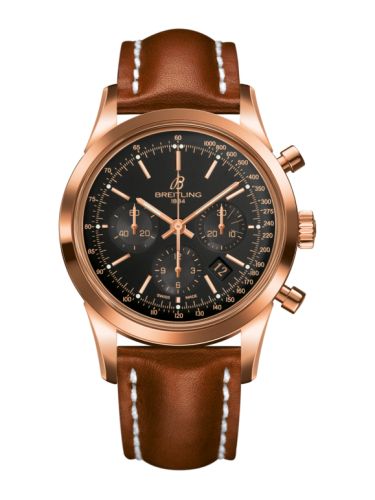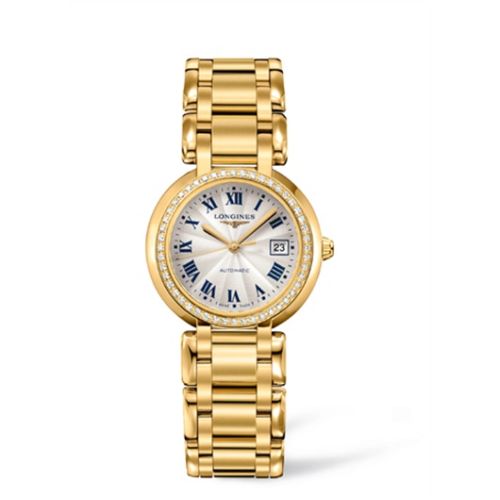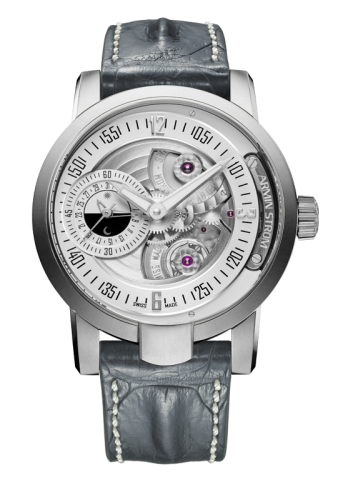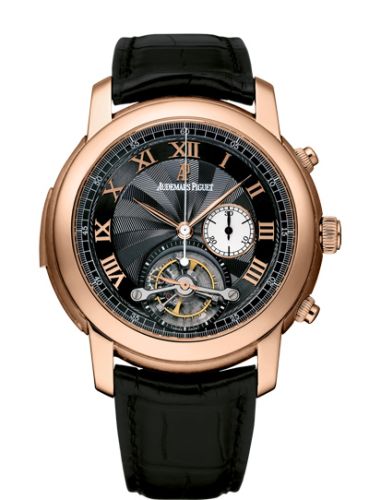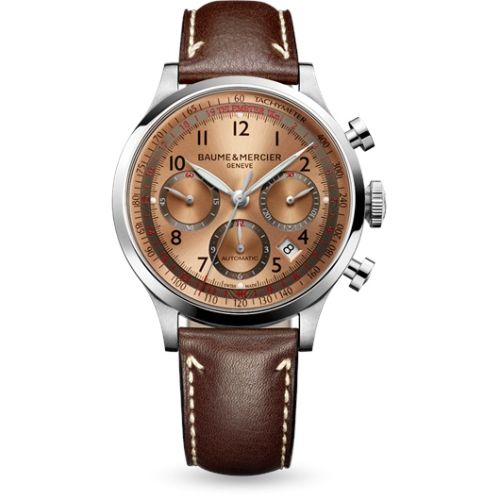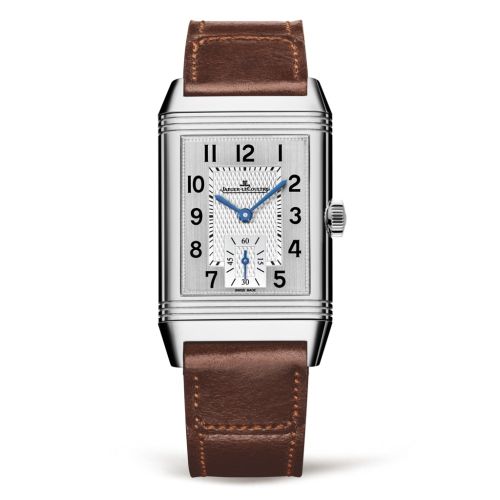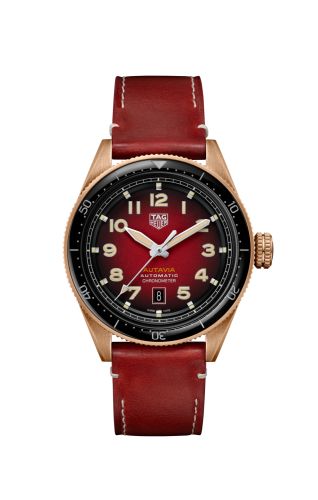
Why are there jewels in a watch movement?
Jewels in a watch movement play a crucial role in enhancing the performance and longevity of the timepiece. These small, precisely cut stones, typically made from synthetic ruby or sapphire, serve as bearings for the moving parts of the watch mechanism. The primary purpose of these jewels is to reduce friction between metal components, which helps to minimize wear and tear over time.
When a watch is in operation, its gears and pivots are constantly in motion, creating heat and friction. The introduction of jewels, strategically placed at key friction points, allows for smoother movement. This reduction in friction not only improves the accuracy of timekeeping but also extends the lifespan of the watch. By replacing metal-on-metal contact with a harder and smoother surface, the jewels help to maintain the precision of the watch's intricate movements.
Additionally, jewels contribute to the overall efficiency of the watch. By lowering the amount of energy lost to friction, they enable the movement to operate more freely, which can enhance the power reserve. This means that a watch can keep running longer on the same amount of energy, whether it's from a winding mechanism or a battery.
The use of jewels also reflects the craftsmanship and quality of a watch. Higher-end timepieces often contain more jewels, indicating a more sophisticated movement with greater attention to detail. While a basic watch may have around 17 jewels, more complex movements can feature 25 or even 30 jewels, showcasing the intricacy of the design and engineering involved.
In summary, jewels in a watch movement are essential for reducing friction, improving accuracy, increasing efficiency, and demonstrating the quality of the craftsmanship. These tiny components are a testament to the engineering ingenuity that allows mechanical watches to function smoothly and reliably, ensuring that they can be cherished for generations.



